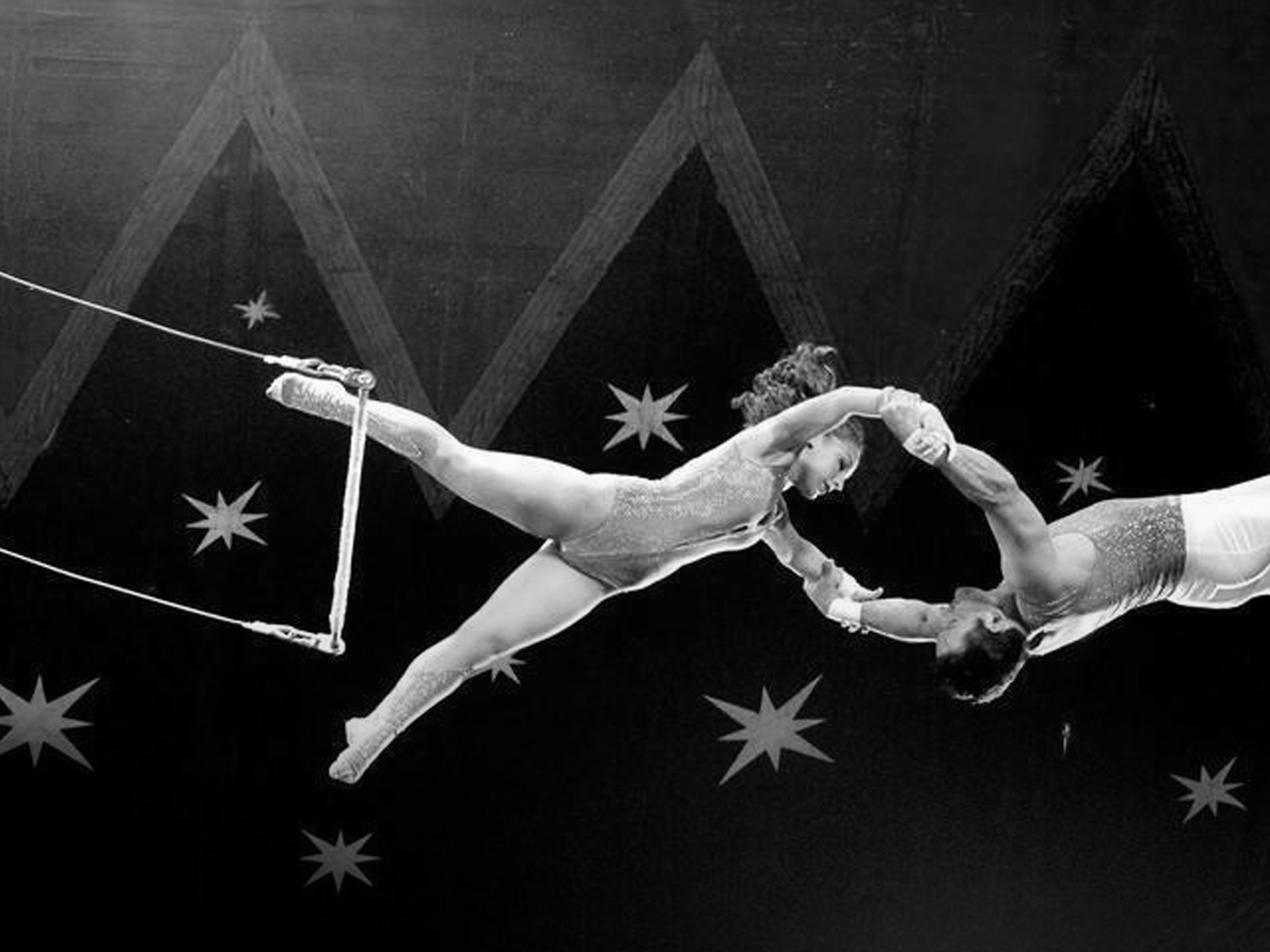Getting Better.
2016 Ambition, by David Hunt
Havas Lynx, formerly Creative Lynx, celebrates its 30th anniversary this May. Of all its achievements, I believe the greatest is just that – 30 years of great people, producing great ideas that have great outcomes.
Whilst the whole world has changed, and changed again, Havas Lynx has remained a valuable, expert and trusted partner to its many clients & friends. I believe in culture, I believe in values and I believe in people, and certainly Havas Lynx is blessed with the very best of these, but in addition, I believe thatsustained success requires evolution and it requires balance.
“Havas Lynx are not just preparing for the future, they are creating it” is undoubtedly my favourite endorsement in 2015, from a very generous PME Judge.
Our reputation was forged upon our prowess in digital, and whilst this remains at our heart, our success since joining Havas is based on our scientific, strategic and creative development. And whilst we have been maturing, so too has digital. Of course, we are all aware of how it has changed our lifestyle, our behaviours and our society. But behind the agency curtain, there has been an equally significant shift – digital is no longer the “Dark Arts”, it is no longer the playground of engineers. It is now about insight, ideas, innovation. And not the sort that requires code, but the exciting sort that requires imagination. The democratization of technology is another catalyst for change at Havas Lynx, and one that we are embracing as we enter 2016.
There is always a risk that you can stretch too far, ask too much of yourself & those around you, perhaps try that little bit too hard. In 2015 we were named Communiqué Communications Consultancy of the Year, but if we are honest at times we could have done a little less, a little better. You can always squeeze in one more opportunity, but should you? All agencies will be beaten, sacked & left by their loved ones, but to what extent will often be dictated by balance. Our priorities in 2016 will be our team, our standards and our existing partners. Building upon the #LXAcademy, and by combining our expertise in science, strategy, creativity & technology, this year we will deliver our best work yet.
But above all, I think we should enjoy 2016. We work in a great industry, alongside great people, that do great things. I’ve enjoyed Christmas, spending time with the family and re-charging the batteries, but I’m excited to be back doing what I do best, and not nearly enough people can say that – here’s to another good year.







